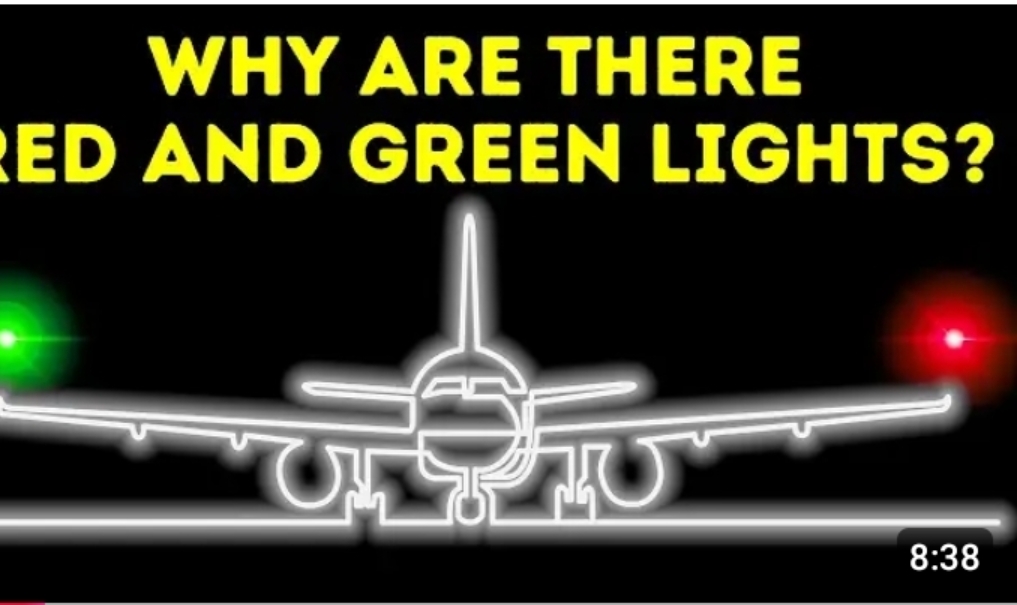
At night, airplanes are equipped with navigation lights that help identify the direction they're flying. These lights follow an international standard and are installed in specific locations on the aircraft:
• ? RED light: always on the LEFT wing
• ? GREEN light: always on the RIGHT wing
• ? WHITE light: located at the TAIL of the PLANE (rear)
These lights are visible in the night sky and have an essential function: allowing other pilots or observers to know the direction of flight, even at great distances. With a little attention, you can understand whether an airplane is coming toward you, moving away, or crossing the sky from one side to the other.
? What Does Each Combination of Lights Mean?
• 1). Green Light + White Light
? The plane is flying from left to right relative to you.
You are seeing the right side (green) and the rear (white).
• 2). Red Light + White Light
? The plane is moving from right to left.
You can see the left side (red) and the rear (white).
• 3). Green Light + Red, No White Light
? The plane is coming toward you.
You can see the front of the aircraft. The tail light (white) is not visible.
• 4). White Light in the Center and the Other Colors further away
? The plane is moving away.
You can see the tail of the aircraft.
? Why is this Important?
These lights are not just decorative. They are part of an air safety system that allows pilots to avoid collisions and maintain awareness of the position of other aircraft in the airspace. Especially when flying at night or in poor visibility conditions, these lights can save lives.
? Fun Fact:
This color scheme is so universal that even maritime vessels use it—ships and boats also have green (port) and red (starboard) lights to indicate direction. In other words, it's an internationally adopted visual code for navigation, whether at sea or in the air.
- 42
-
0
- 0
- 0
- 0
